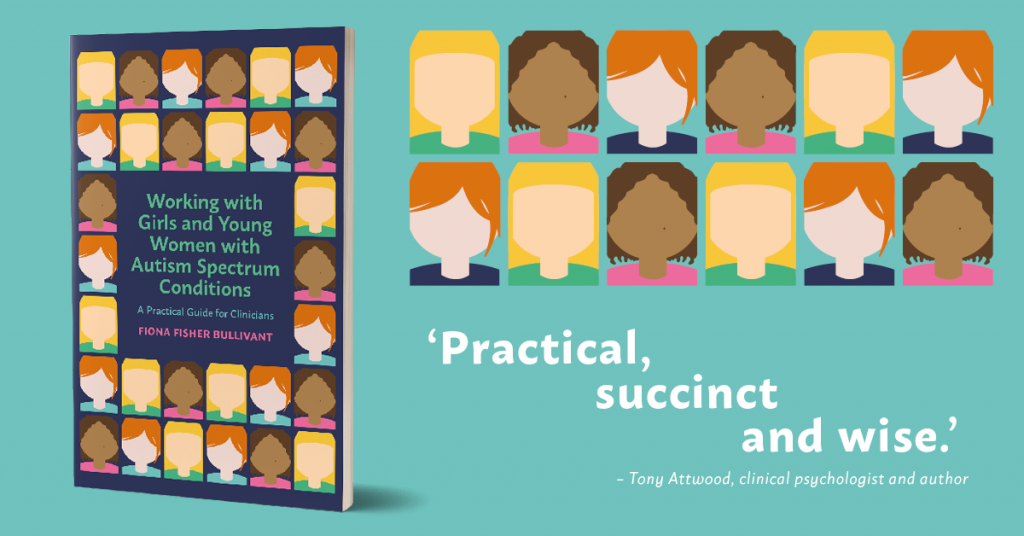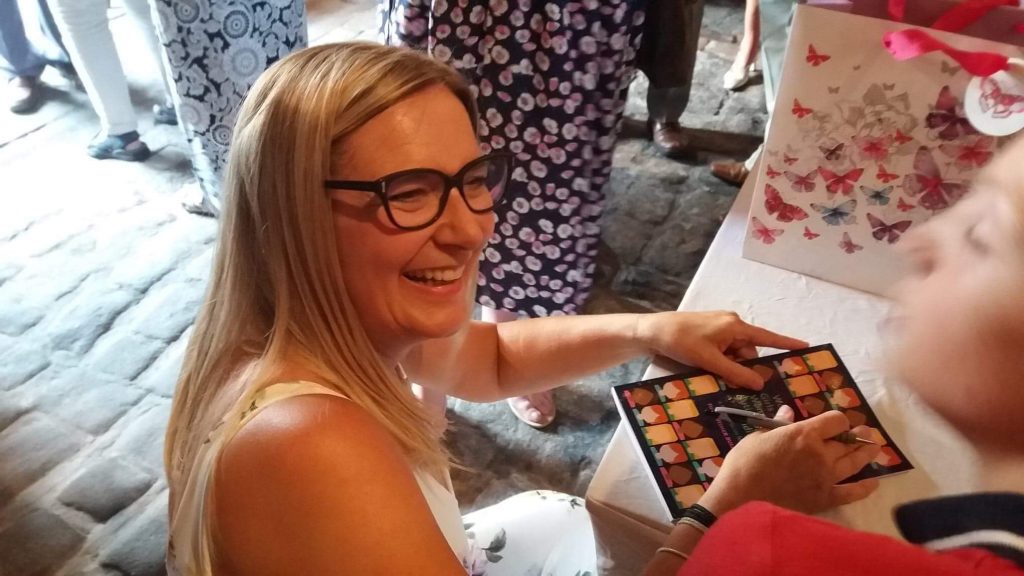Anyone who works with autistic young people will know there’s a real lack of information out there that relates specifically to girls and women. This book sets out to change that, so we spoke to its author, Fiona Fisher Bullivant, to find out more.
 Fiona, congratulations on your first book! Can you tell us a bit about your experience, and how you came to work for CAMHS?
Fiona, congratulations on your first book! Can you tell us a bit about your experience, and how you came to work for CAMHS?
Sure, I am a learning disability nurse with a specialist in ASC. I have worked all over the country in health, social care and charities over 32 years. 12 years ago I began working more within the field of mental health and ASC and that’s how I then moved to work in CAMHS so I could ensure this population of young people got the services they needed and deserved.
What led you to write this book, and who is it for?
Honestly, it came out of years of frustration about services. I knew the young women that I interviewed for this book would want services to improve for others, so we had to write something real and honest – both from their real lives and from a clinician’s perspective on the front line working with these young women on a daily basis.
It’s for all clinicians, teachers, doctors, all allied health professionals and young women and their families.
How did the girls you interviewed – Darcy, Milly and Esther – contribute?
They and their families met with me and they all wrote honest appraisals of services and their feeling about their diagnostic pathway and understanding of themselves experiences. These contributions were invaluable to the book, and it actually wouldn’t have been possible without them. I’m really grateful to all the contributors for being so open and honest with me.
I love that you say clinicians should be ‘brave, flexible and different’. Can you elaborate on why you think these three things are important?
We expect our young people to be that but we don’t mirror that for them. My vision is that if we as clinicians and services can demonstrate these qualities, then we can ask our young people to be brave and embrace their experiences. We expect the young people we work with to be courageous, to adapt to being different, but do we model these characteristics as clinicians? These qualities equip you for life in general.

Why does the book have to be for girls and young women only?
It doesn’t, really. It is just these three particular young women’s stories, and also the fact that girls are more often misunderstood, mis-diagnosed or missed altogether. There’s no reason that the strategies here can’t work for all genders and ages.
What do you hope readers will take away from reading this book?
I hope that, through reading this book, there might be more understanding of the clinical presentation of autism in girls and young women, and more understanding of its complexity and how hard it is to get the right services for this group of individuals. From that understanding, perhaps we can work towards some new models for diagnosis and services.
Is that what the next goal is for you in your work?
I’ll continue for the next 3 years in clinical practice in CAMHS hopefully being integral in developing local and nationwide services and diagnostic pathways for people on the autistic spectrum. Then I will retire at 55 and launch my Consultancy to do training, assessing and individual work, so look out for that!
And look out for Working with Girls and Young Women with an Autism Spectrum Condition, available now!
If you would like to read more articles like this and get the latest news and offers on our books about autism, why not join our mailing list? We can send information by email or post as you prefer. You may also be interested in liking our Autism, Asperger’s and related conditions Facebook page.